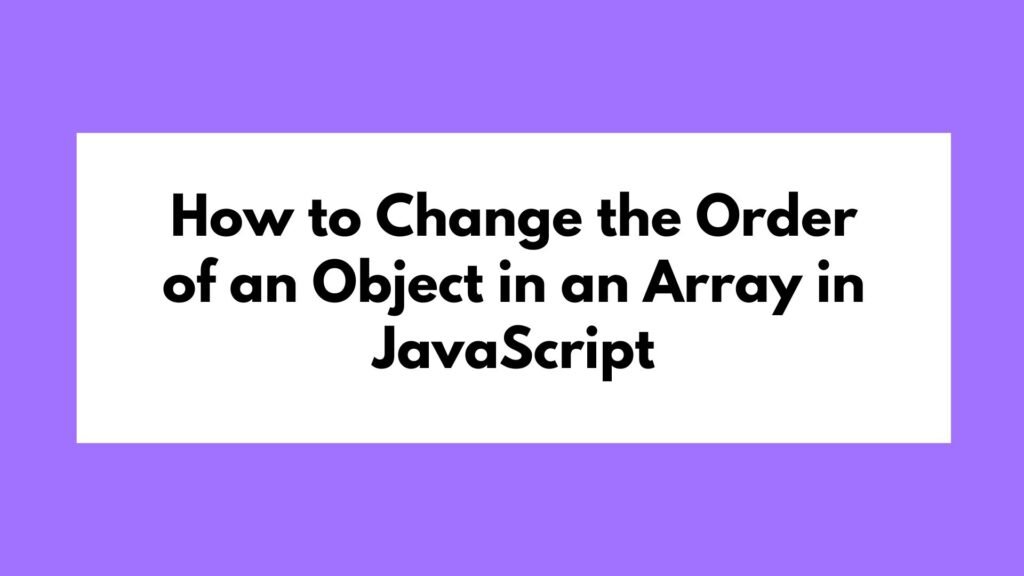
You can add multiple values to an array in JavaScript using the push() method with the spread operator, concat() method, or using a loop. Each method has its own use case depending on the situation and the structure of your code.
let array = [1, 2, 3];
array.push(4, 5, 6); // Using push method
console.log(array); // [1, 2, 3, 4, 5, 6]
let newArray = array.concat([7, 8, 9]); // Using concat method
console.log(newArray); // [1, 2, 3, 4, 5, 6, 7, 8, 9]
array = [...array, 10, 11, 12]; // Using spread operator
console.log(array); // [1, 2, 3, 4, 5, 6, 10, 11, 12]
In JavaScript, adding multiple values to an array can be done using various methods. This guide covers the different ways to push multiple values into an array, providing detailed explanations and code examples for each approach.
Methods on How to Push Multiple Values in an Array in JavaScript
Arrays in JavaScript are versatile data structures that allow for easy manipulation of elements. There are several methods to add multiple values to an array, each suited for different scenarios. This guide covers four common methods: using push(), concat(), the spread operator, and a loop.
Using the push() Method
The push() method adds one or more elements to the end of an array and returns the new length of the array. It can take multiple arguments, making it a straightforward way to add multiple values.
Example 1: Using push() with Multiple Arguments
let array = [1, 2, 3];
array.push(4, 5, 6);
console.log(array); // [1, 2, 3, 4, 5, 6]
Explanation:
let array = [1, 2, 3];: Initializes the array with three elements.array.push(4, 5, 6);: Adds three elements to the end of the array.console.log(array);: Logs the updated array.
Using the concat() Method
The concat() method merges two or more arrays. It does not change the existing arrays but returns a new array.
Example 2: Using concat() to Add Multiple Values
let array = [1, 2, 3];
let newArray = array.concat([4, 5, 6]);
console.log(newArray); // [1, 2, 3, 4, 5, 6]
Explanation:
- let array = [1, 2, 3];: Initializes the original array.
let newArray = array.concat([4, 5, 6]);: Creates a new array by concatenating[4, 5, 6]to the original array.console.log(newArray);: Logs the new array.
Using the Spread Operator
The spread operator (…) allows an iterable, such as an array, to be expanded in places where multiple elements are expected.
Example 3: Using the Spread Operator
let array = [1, 2, 3];
array = [...array, 4, 5, 6];
console.log(array); // [1, 2, 3, 4, 5, 6]
Explanation:
- let array = [1, 2, 3];: Initializes the array.
- array = […array, 4, 5, 6];: Uses the spread operator to expand the original array and add new elements.
console.log(array);: Logs the updated array.
Using a Loop
A loop can be used to iterate over multiple values and push them into an array one by one.
Example 4: Adding Values in a Loop
let array = [1, 2, 3];
let valuesToAdd = [4, 5, 6];
for (let value of valuesToAdd) {
array.push(value);
}
console.log(array); // [1, 2, 3, 4, 5, 6]
Explanation:
let array = [1, 2, 3];: Initializes the array.let valuesToAdd = [4, 5, 6];: Creates an array of values to add.- for (let value of valuesToAdd) { array.push(value); }: Iterates over valuesToAdd and pushes each value into the original array.
- console.log(array);: Logs the updated array.
Conclusion
Adding multiple values to an array in JavaScript can be achieved through various methods, each suitable for different scenarios. The push() method with multiple arguments is straightforward, concat() is useful for merging arrays, the spread operator provides a clean syntax, and a loop offers flexibility. Understanding these methods allows you to choose the most appropriate one for your specific use case.


